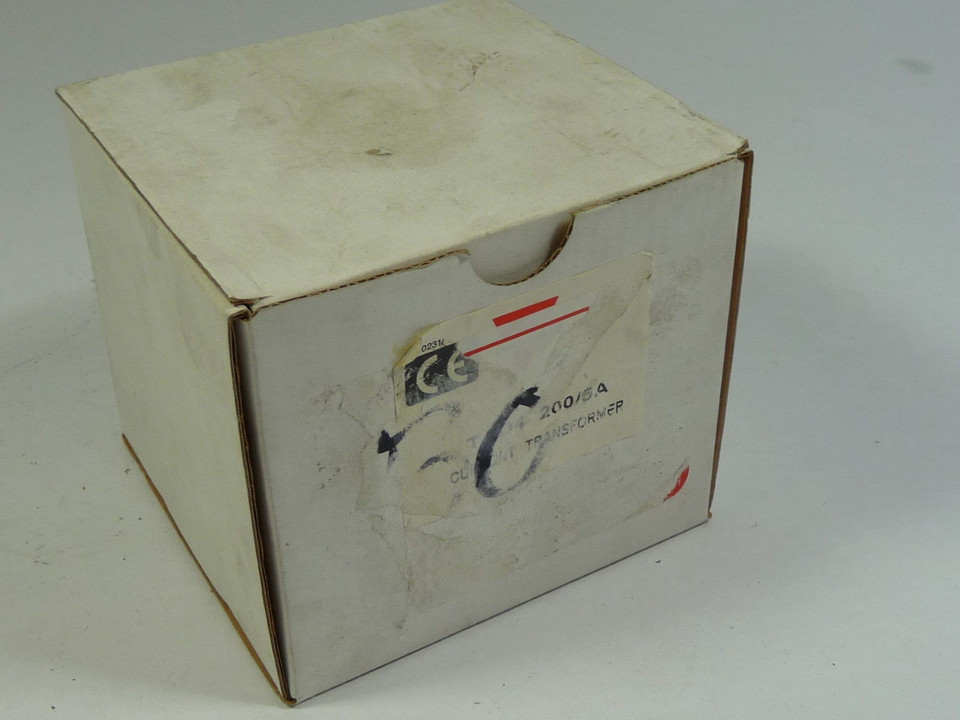

This study provides mechanistic insights on the effect of ethanol solution extract of the whole plant of WS (WSEE) on neuritogenesis by combining in vitro and in silico network pharmacology approaches. However, the pharmacological details of this plant on memory boosting yet remained undefined. Withania somnifera (WS), is known for its remarkable contribution in herbal medicine and Ayurveda, which is therapeutically applied to improve memory and anxiety in patients. Therefore, it is our belief that the understanding of CNS mechanotransduction pathways may lead to the development of improved medical devices and diagnostic methods as well as new therapeutic targets and strategies for CNS repair. Analysis of CNS pathologies in this context has revealed that a wide range of neurological diseases share as hallmarks alterations of the tissue mechanical properties. The mechanisms that mediate mechanotransduction events, like integrin, Rho/ROCK and matrix metalloproteinases signaling pathways are revised. This review aims at integrating mechanical properties into our understanding of the molecular basis of CNS disease. The crosstalk between the biochemical and biophysical components of the extracellular matrix (ECM) are here described, considering the recent explosion of literature demonstrating the powerful influence of biophysical stimuli like density, rigidity and geometry of the ECM on cell behavior. The importance of mechanotransduction in the CNS is illustrated by exploring its role in CNS pathology development and progression. Cells dynamically adapt their behavior and remodel the surrounding environment in response to forces.

The use of PTMCC is expected to increase in coming years as more is revealed about its potentials.Ĭells are continuously exposed to physical forces and the central nervous system (CNS) is no exception.

Although it is relatively new in biomedical applications, it is readily usable for the fabrication of differing format of DDS of superior mechanical strength and degradation properties. Its synthesis, physical properties, and degradation are also discussed here. This article reviews the biomedical applications of Poly(TriMethylene Carbonate-co-Caprolactone) (PTMCC), which has attracted attention due to its biocompatibility, biodegradability and rubber-like properties. Synthetic polymer, for example, has gained popularity for broad-spectrum physicochemical and mechanical properties. Many polymers have been considered for providing the improvement in DDS. Although there are many drug delivery vehicles in existence, a significant improvement is required to some DDS such as for local, implant-based treatments used for musculoskeletal infections. The obtained results indicate P(TMC-CL) as a promising material for CNS regenerative applications as it promotes axonal growth, overcoming myelin inhibition.Īs conventional drug delivery system is being improved rapidly by target-based drug delivery system, finding suitable Drug Delivery System (DDS) for new drugs remains a challenge. This effect was found to be mediated by the glycogen synthase kinase 3β (GSK3β) signaling pathway with impact on the collapsin response mediator protein 4 (CRMP4), suggesting that besides surface topography, nanomechanical properties were implicated in this process. Furthermore, cortical neurons cultured on P(TMC-CL) were able to extend neurites even when seeded onto myelin.

At similar PLL film area coverage conditions, neuronal polarization and axonal elongation was significantly higher on P(TMC-CL) films. Poly(L-lysine) (PLL) coated polymeric films were tested for neuronal cell adhesion and neurite outgrowth. This work aimed at assessing the suitability of three candidate polymers - poly(ε-caprolactone), poly(trimethylene carbonate-co-ε-caprolactone) (P(TMC-CL)) (11∶89 mol%) and poly(trimethylene carbonate) - with the final goal of using these materials in the development of conduits to promote spinal cord regeneration. The use of biomaterials to bridge the lesion area and the creation of an environment favoring axonal regeneration is an appealing approach, currently under investigation. Mammalian central nervous system (CNS) neurons do not regenerate after injury due to the inhibitory environment formed by the glial scar, largely constituted by myelin debris.


 0 kommentar(er)
0 kommentar(er)
